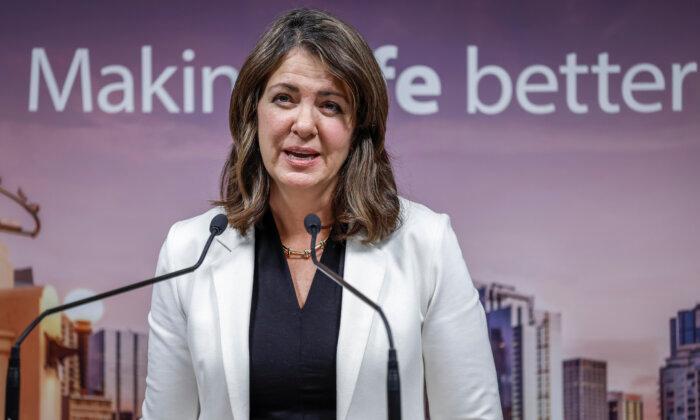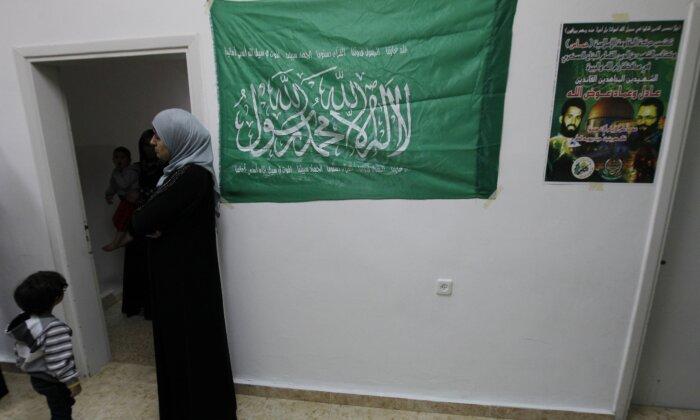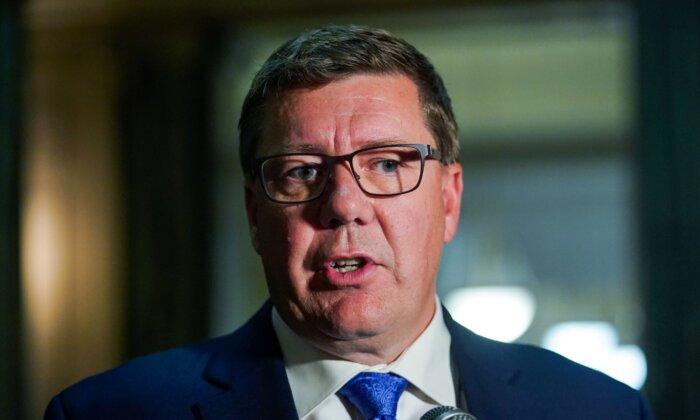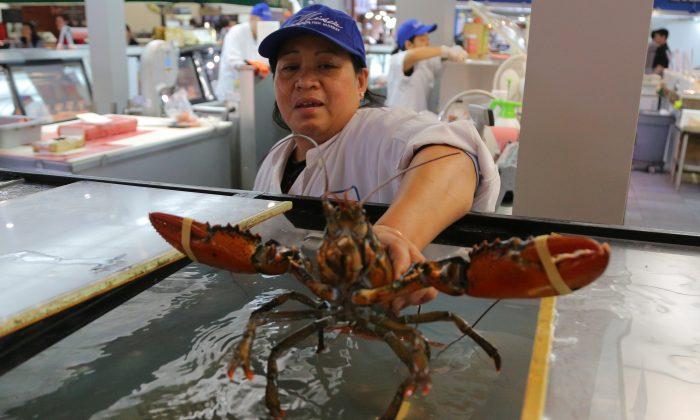Manitobans will decide who will lead the next government in the province’s election on Oct. 3, with voting stations opening at 8 a.m.
A record number of voters, 200,790 in total, cast their votes in advance polling from Sept. 23 to Sept. 30. The count surpassed the 2019 record of 113,000 early votes cast, according to Elections Manitoba.
The last election only saw a little over half of eligible voters turn out to cast their ballot, about 55 percent. That’s been the case in the province as far back as 2003, according to Elections Manitoba.
The leader of the Progressive Conservative Party, Heather Stefanson, who replaced Brian Pallister as premier when he resigned in 2021, focused on promises of cutting taxes, increasing health care spending, and addressing crime in her last campaign appearance on Oct. 2.
At a news conference at campaign headquarters in Winnipeg, Ms. Stefanson said her party would phase out payroll tax on employers if re-elected, which would boost the economy, as well as increase access to addiction treatment services and hire more health care workers.
NDP Leader Wab Kinew promised to add more patient beds in Winnipeg and Brandon hospitals on the last day before the election. Speaking in a riding held by the Progressive Conservatives, in front of Grace Hospital, Mr. Kinew pledged to add 60 new beds at the Winnipeg Health Sciences Centre, 34 at Grace Hospital, and 30 at St. Boniface Hospital.
The NDP has also said they would add 10 beds at the Brandon Hospital.
Both the PC and NDP promised there would be no more COVID lockdowns even if the respiratory virus season sees a surge.
Only the PC and NDP are running a full roster of 57 candidates in the election. The Liberal Party has put forward 49 candidates, and the Green Party has 13 on the ballot. There are two other parties with five candidates each.
Liberal Leader Dougald Lamont urged voters to bring a new government into office and has campaigned on more benefits for seniors, a minimum guaranteed income for seniors over 60, and funding 50 percent of a search of the Prairie Green landfill for what is alleged to be remains of two indigenous women. The party also pledged to create a $300-million-a-year fund for climate change initiatives.
At the time the election was called, the PC, who have held power since 2016, had 35 seats, while the NDP held 18 and the Liberal Party had three. A formerly PC seat was vacant. Winnipeg, which is home to half of the province’s 1.44 million people, has 32 seats in the legislature. The party that wins 29 seats out of a total of 57 ridings will hold a majority and win the election.
The big promises made by the Progressive Conservatives include cutting the personal income tax bracket at the bottom level in half by 2028 and removing the federal carbon tax on the natural gas portion of power bills. The party also said it would eliminate the land transfer tax for first-time home buyers and invest $120 million into health-care worker recruitment in addition to $10 million in capital funding for a First Nations-operated addiction treatment centre in Winnipeg.
The New Democrats vowed to make Oct. 30, the National Day for Truth and Reconciliation, a statutory holiday in the province, suspend provincial fuel tax temporarily, and freeze hydroelectric rates for one year.







